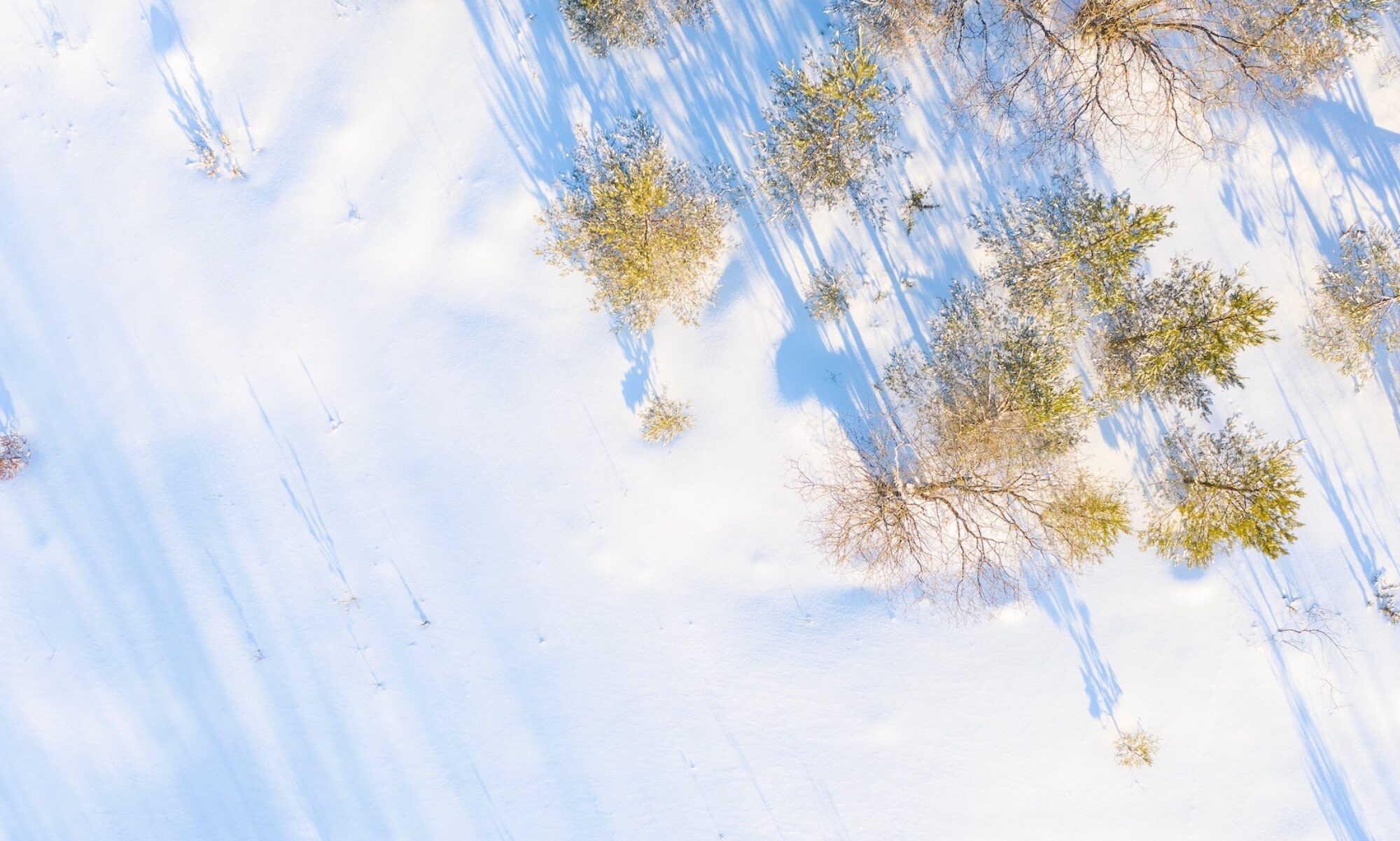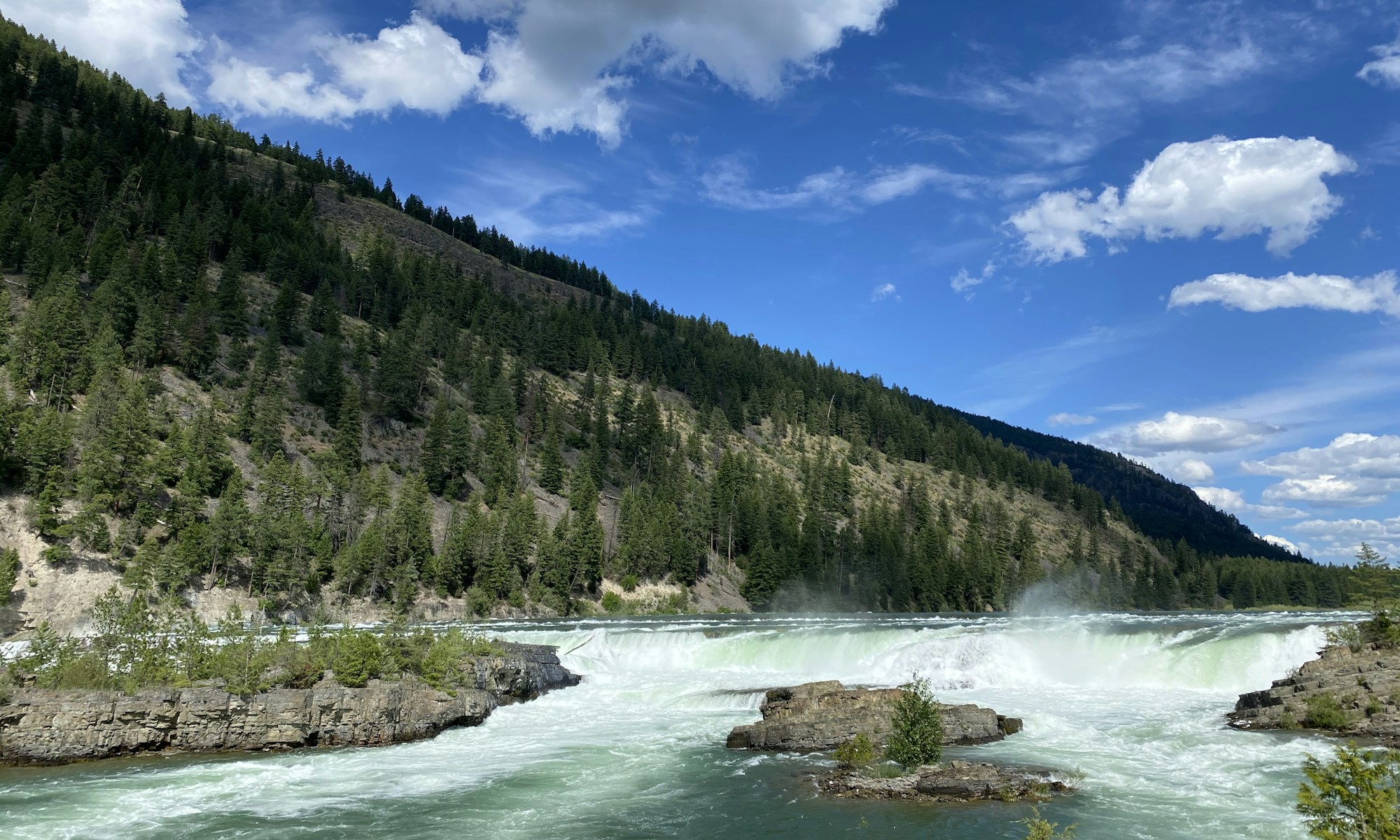4 May 2022 – by Ben Chappelow
In September 2021, after four years of negotiations, Australia’s Queensland government returned four national parks to the Aboriginal Eastern Kuku Yalanji peoples. Spanning some 400,000 acres, these parks include the UNESCO World Heritage-listed Daintree Rainforest – the world’s oldest remaining rainforest.
The Eastern Kuku Yalanji peoples and the Queensland government will jointly manage the land for the foreseeable future. However, the overall goal is for the Eastern Kuku Yalanji peoples to become the sole and autonomous proprietors of their Indigenous land.
“The Eastern Kuku Yalanji people’s culture is one of the world’s oldest living cultures,” says Meaghan Scanlon MP, Queensland’s Minister for Environment, the Great Barrier Reef, and Science and Youth Affairs. “This agreement recognises their right to own and manage their Country, to protect their culture, and to share it with visitors as they become leaders in the tourism industry.”[1]
A month after Australia returned land to the Eastern Kuku Yalanji peoples, the United States (US) government restored full federal protective rights to the Bears Ears and Grand Staircase-Escalante monuments in southern Utah.[2] The previous administration, which was seeking to extract the land’s fossil fuels, had drastically reduced the size of the Bears Ears monument by up to 85%, as well as halving the area of the protected Grand Staircase-Escalante. This was the single largest rollback of public lands protections in the history of the US. These lands, which span more than 3 million acres, are vital pieces of culture and history for many Indigenous peoples, including the Hopi, Navajo, Uintah and Ouray Ute, Ute Mountain Ute, and Zuni tribes.[3]
What’s more, the US government and local officials continue to bolster protections for Native lands which facilitate the transition of ownership back to Indigenous communities. In December 2020, the Trump administration signed legislation which initiated the relinquishment of more than 18,000 acres of the National Bison Range to the Salish and Kootenai tribes. [4] In October 2021, around five acres of land were transferred to the Rhode Island Narragansett tribe. It was on this same land that the Indigenous Narragansett peoples survived near-annihilation at the hands of English colonisers in 1675.[5]
As a result of land reconciliation, not only can Indigenous communities return as rightful owners of their Native lands, they can also improve local environmental protection efforts.
The Positive Impacts of Land Reconciliation
For Australia’s Eastern Kuku Yalanji people, reclaiming their land is the first step towards long-term, sustainable social and economic growth.
“Our goal is to establish a foundation to provide confident and competent people with pathways and opportunities for mentoring, training, apprenticeships, work experience, and employment for our Eastern Kuku Yalanji Bama,” says Eastern Kuku Yalanji Traditional Owners Negotiating Committee Member Chrissy Grant. “[The goal is] to fill positions from a wide range of skilled trades, land and sea management, hospitality, tourism, and research so that we are in control of our own destinies.”
The Eastern Kuku Yalanji tribe has lived sustainably on these lands for some 50,000 years. The Kuku Yalanji Aboriginal culture is based on a deep respect for nature, with a heavy dependency on the ecosystem’s natural cycle. Their Indigenous expertise is vital in implementing sustainable conservation efforts, as well as protecting natural resources against climate stressors.
According to Meaghan Scanlon, these national parks will “protect important Aboriginal cultural sites, diverse ecosystems (including rainforests, woodlands, wetlands and mangroves), and form part of the Wet Tropics World Heritage Area, which is recognised as the second most irreplaceable World Heritage site on Earth.”
In Montana, the Salish and Kootenai tribes have a long history with managing local bison ranges, and their approach is seemingly more beneficial than previous federal tactics. “We treat the buffalo with less stress, and handle them with more respect,” says Tom McDonald, an Indigenous person and Fish and Wildlife Division Manager for both tribes.[6] The Salish and Kootenai tribes are also co-managing migrating bison herds from Yellowstone National to US Forest Service land.
Native peoples generally take a more sensitive and familial approach to handling bison populations. Their techniques include keeping bison families together, mitigating the likelihood of stampedes, and ultimately reducing stress placed on the animals. These Indigenous animal handling techniques have helped to improve conservation efforts and management of the land, as well as the welfare of the animals which inhabit it.
In Rhode Island, the Narragansett tribe will be recognised as the stewards of their Indigenous land, utilising their traditional ecological knowledge to preserve it. “We agreed to protect it; we agreed to steward it,” says Morgan Grefe, Executive Director of the Historical Society. “We’re here in continuation of that promise—to see that this land is protected and stewarded in a way that we could never have accomplished ourselves”.[7]
These examples indicate the in-depth expertise that Indigenous peoples have for their Native land, as well as their cultural mastery in preserving natural resources. According to a United Nations review of more than 300 studies, rates of deforestation in South America were 50% lower in areas under Indigenous control when compared to areas managed by non-Native communities.[8] Protecting these forests is vital for mitigating the threats of climate change and preventing the extinction of regional wildlife.
World leaders are also beginning to acknowledge the significance of Indigenous expertise in lessening the effects of climate change. At COP26, the US, the UK, Germany, the Netherlands, and several private donors collectively pledged to provide US $1.7 billion to support Indigenous and local communities in tackling climate change and protecting biodiversity.[9] The funds have the potential to help Native communities build their own infrastructure, resolve territorial disputes, and support land reforms, among other endeavours.
Opportunities for Further Reconciliation
Beyond the expertise that Indigenous communities provide, transferring stolen land back to its owners is a moral obligation. The Indigenous peoples mentioned here have been dispossessed, abused, neglected, and in the case of the Narragansett tribe, nearly annihilated. This pain cannot be healed by simply acknowledging these wrongdoings – it requires a long-term commitment to restore what rightfully belongs to Native communities. The returning of Indigenous land is the first step in showing such commitment.
Hayden King, the Executive Director of the Yellowhead Institute and co-writer of the text Land Back, describes the returning of Native land through the perspective of the Beausoleil First Nation tribe as more than just returning property. “It’s also about revitalising Indigenous life, because we’re thinking about land as everything in unity, we’re thinking about our languages… our culture… our family, and social organisations connected to the land.”[10]
The returning of land is not only an opportunity for reconciliation, but a path for the autonomous growth and reestablishment of Indigenous communities. As Brian Lightfoot Brown of the Narragansett Tribe states, the land “is so deeply ingrained in who we are”.[11]
As world leaders gradually continue to rightfully recognise the benefits of including Indigenous communities in environmental preservation programmes, the fact that Native peoples are given back their land and resources is not just transactional. It’s an opportunity to plant the seeds of growth and restoration, while the land still remains fertile.
Was this article interesting? Then make sure to listen to our podcast on Native Climate Justice Organiser Ruth Miller and Her Work Towards an Indigenised Just Transition.

Benjamin Chappelow is a writer and narrative designer in the Appalachian mountains, United States.
As an immigration researcher and former Narrative Writer for the Climate Resilience Toolkit, he is focused on how the stories we tell dictate our behavior in an ecological crisis.
References
[1] The Queensland Cabinet and Ministerial Directory. (2021, September 28). 160,000 hectares returned on path to reconciliation. Ministerial Media Statements. Retrieved January 18, 2022.
[2] Shivaram, D. (2021, October 8). Biden restores protections for bears ears monument, 4 years after Trump downsized it. NPR. Retrieved January 18, 2022.
[3] 7 big questions: What’s happening with bears ears and other national monuments? The Wilderness Society. (2021, August). Retrieved January 18, 2022.
[4] U.S. Department of the Interior. (2021, January). Secretary Bernhardt Signs historic secretarial order to transition the National Bison Range into Tribal Trust for the Flathead Indian Reservation. Indian Affairs. Retrieved January 18, 2022.
[5] Associated Press. (2021, October 27). Tribe Given Land Where Ancestors Survived Near-Annihilation. U.S. News & World Report. Retrieved January 18, 2022.
[6] Robbins, J. (2021, June 3). How returning lands to Native Tribes is helping protect nature. Yale E360. Retrieved January 18, 2022.
[7] Nunes, A. (2022, January 17). Site of ‘great swamp massacre’ returned to Narragansett Indian tribe. The Public’s Radio. Retrieved January 18, 2022.
[8] Carrington, D. (2021, March 25). Indigenous peoples by far the best guardians of forests – UN report. The Guardian. Retrieved January 18, 2022.
[9] Sutherland, L. (2021, November 3). $1.7 billion pledged in support of indigenous and local communities’ land tenure. Mongabay Environmental News. Retrieved January 18, 2022.
[10] Monroe-Kane, C. (2021, December 20). How the land back movement is reclaiming land stolen from indigenous people. Wisconsin Public Radio. Retrieved January 18, 2022.
[11] Brown, B. L. (2021, November 15). Long overdue: Sacred site returned to the Narragansett. Indian Country Today. Retrieved January 18, 2022.


